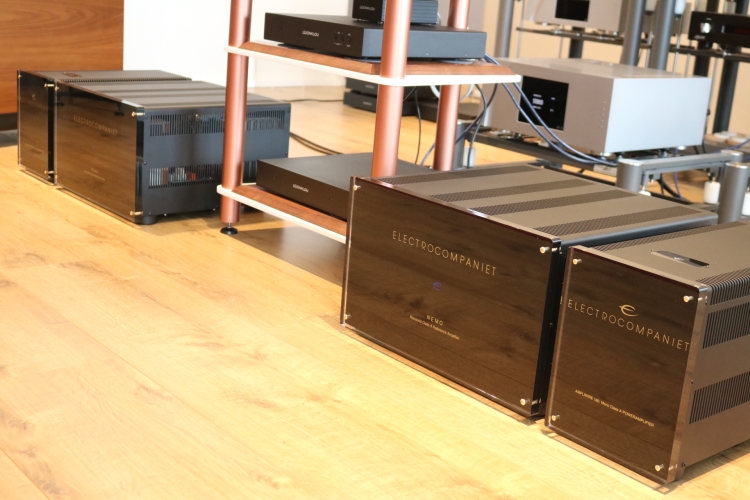
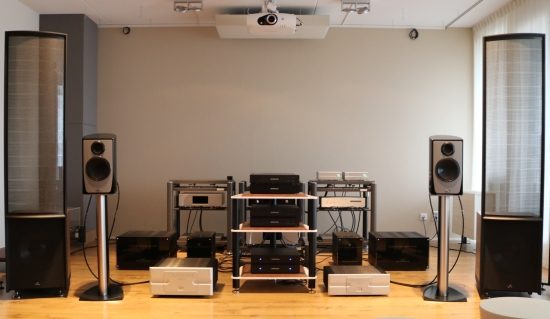
Martin Logan ESL15A
As the Logans are normally connected to the CH Precision A1.5 and this combination majors on resolution and refinement which were also some of the areas that matter most to me with this system, it took me some time to appreciate the very different presentation after switching to the Electrocompaniet AW180’s connected via the Lejonklou preamp.
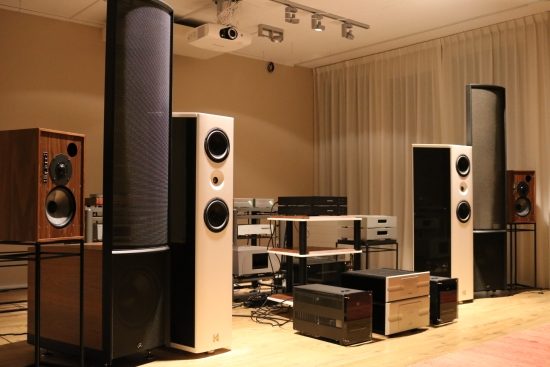
Bigger and more voluptuous but with less precise bass, darker in the treble and more sonorous overall, the delivery worked wonderfully with some tracks and not so great with others. With fast music such as Jamiroquai’s Butterfly or Depeche Mode’s The Dead of Night, all the subtleties that are buried deep into the mix, do not really stand out enough. But play something more relaxed such as Bebel Gilberto’s Somewhere Else and the appeal of the Electrocompaniets is immediately clear. With such music, they provide me with an instant emotional connection, even more so than with the CH A1.5. They also create a very wide soundstage with subjectively better-differentiated vocals. It’s not that the imaging has improved or the delineation is sharper, but still, vocals seem to come across somehow more vividly. The midrange is quite strong but also has a certain clarity to it that cannot simply be described as forward or loud or edgy. Classical music also fares very well with these amps as they lend a very convincingly natural “wooden” timbre to violins while creating a large and very believable impression of the acoustical venue.
Moving on to the AW600 Nemos works out precisely as in earlier comparisons: also with the Logans, these amps take what the AW180’s do and improve the sound across the board. The sound is now tighter, more confident, and more communicative. While I feel that the balance is still a little overly dark and voluptuous, I should indicate that the A1.5 is not exactly voluptuous itself, requiring a certain setting on the speakers’ woofer sections that no longer is ideal for the fuller sounding Electrocompaniets. All that was needed is a slight decrease of the bass level on the Logan’s woofer sections.
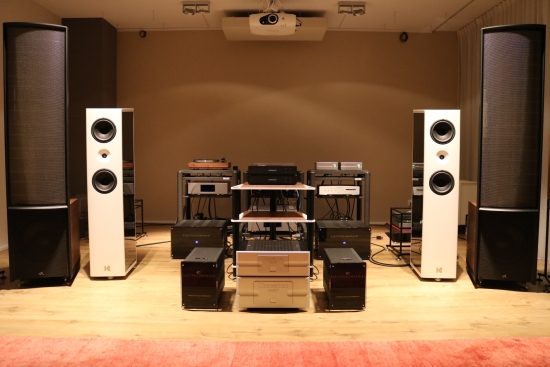
With the bass level well-balanced, the sound is positively energetic and highly enjoyable. Depeche Mode now has the necessary grunchy feel and the other more crowded-sounding tracks now also sound more clear-cut. After listening some more, I succumbed to the idea that the Electrocompaniets are not meant as laboratory precision instruments but rather for simply enjoying music. And that is precisely what they encourage, to not worry about details. What also happens is that due to their darker balance, less focus is drawn to the foils or their inherent character. In that sense, these amps are something of a perfect antidote if one wants to some extent “normalize” Martin Logans’ generally very open delivery. Of course, with the ESL15A’s we are talking speakers with absolutely massive active bass sections. These particular models don’t need any help in the bass department and they also don’t have such an exposed upper midrange as some of the smaller models can have in some circumstances. But I can definitely imagine that the Electrocompaniet amps would work wonders with smaller and/or passive Martin Logans.
DAC-direct
After I found that adding a preamp helped the Electrocompaniet amps sound more engaging when partnered with very transparent en articulate ancillaries, I left it in place for the majority of the remaining listening. The Lejonklou preamp’s smoothness proved to mate extremely well with the tight and articulate A1.5 and especially when using the very accurate Paradigm speakers. But with the much fuller and darker sounding Electrocompaniets, could it be that the Lejonklou’s gentle character is no longer ideal when using speakers that have a full and rich character, such as the Kroma’s or the Grahams?
Taking the plunge with the Kroma’s and with the C1 driving the AW600 Nemos directly using CH Precision Balanced Link XLR cables, the sound is definitely drier and more direct but still slightly warm, only now it’s a dry warmth rather than a wet warmth. At first, I was not so sure if I actually liked this more direct and less dreamy sound. But after playing more tracks, especially some fast-paced and dynamic pieces, and cranking up the volume, I knew that I did! The Electrocompaniet amps certainly like to play a little (or a lot!) louder, thereby enhancing the dynamics as well as the perceived resolution. Depeche Mode is now precisely as edgy as it needs to be but also explosively powerful in the bass and the differentiation of instruments is now very good. Meanwhile, the sound did become less dreamy which affects other kinds of music such as slow R&B or soul with sultry vocals.
So, should a preamp be used with the Electrocompaniet amps? Well, that is something that depends on the combination that is made and also is entirely a personal matter. As I found out, a preamp can help make the sound more involving but this just is not a hard rule. The proof of the pudding will be in the eating.
The matter of control
Both the AW180’s and the AW600 Nemos have an iron grip over loudspeakers. The thing is that this is not always required and perhaps not ideal for all speakers.
Indeed, the first pair of speakers that I tried, the very highly refined Paradigm Persona B’s, are an example of speakers that don’t pair so well with the Electrocompaniets, especially when used without a preamp. But even then, the feeling is of a portion of the playfulness and expressiveness having been squeezed out of the performance. The Kroma Audio Carmens’s certainly loved the extra grip. These speakers’ inherently voluptuous bass and lower midrange are nicely kept in balance while the already great communicative powers of the speakers are even further enhanced by the Electrocompaniet treatment, making for an engaging delivery. The Martin Logans don’t necessarily need so much control but as I found out with the Electrocompaniets as well as other very powerful and controlled amps, they certainly don’t mind it. The Graham LS5/9f’s sounded utterly fantastic with the Electrocompaniets and I suspect this is because these speakers sound very relaxed and free-flowing themselves, making the Electrocompaniet’s ass-kicking work like a charm. I also suspect that these amplifiers like to flex their muscles a little and they seem not to be made to be only idling along. To confirm this suspicion, I had wanted to try the amps with the Magico Q5’s which are known to be a pain in the butt in terms of getting their bass to be well-controlled but alas, this could not be organized in time.
The matter of resolution
As I wrote earlier, I have a tendency to get stuck on matters such as tightness, articulation, and resolution. These things can translate to very accurate bass and a retina-like portrayal of all the subtle sounds that make up the musical performance. For the largest part of my audio journey I have used ribbon tweeters, planar magnetostatic loudspeakers and electrostatic loudspeakers and these products excel in the aforementioned areas which explains my focus on these aspects. With such speakers, the natural tendency is to find partnering equipment that also has superb resolution and I found this in Jeff Rowland previously and currently in CH Precision. While the Electrocompaniets do not have a retina-like resolution I should note that precious few other amplifiers do. The Brystons don’t and neither does the Soulution 711, to name an extreme example. So, this is very much a relative matter, especially so because music is more than just resolution. While I love an articulate and highly resolved delivery I also care a lot about a believable timbre and a lifelike, energetic and impactful sound, and all this, the Electrocompaniets deliver in abundance.
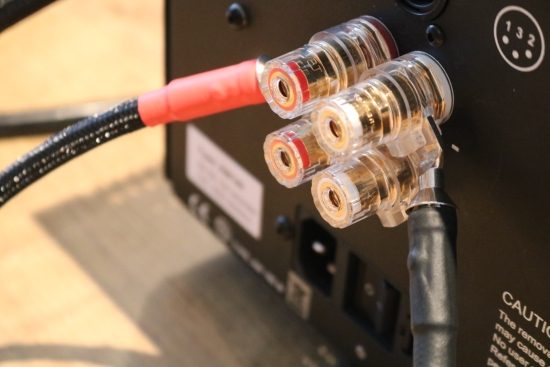
Above: the AW180’s have the speaker connectors positioned in a strange fashion: right next to and on top of each other, making turning them very hard. As can be seen below, the AW600 Nemo’s do not have this problem.
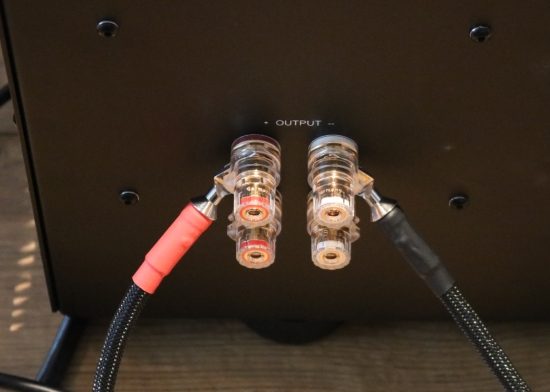
Conclusion
Having tested the AW180’s and AW600 Nemos simultaneously and with various loudspeakers has given me a very good handle on their respective performance. Both models provide a ballsy, sonorous and slightly dark sound with a very natural timbre. These amplifiers’ immense power reserves make that they won’t run out of breath easily but their iron grip also means that the sound can become too controlled when partnered with other electronics and speakers that are tight-sounding themselves. I have the distinct feeling that these Norwegian heavyweights are happiest driving power-hungry speakers although they also worked fabulously well with the very relaxed but relatively easy to drive Graham Audio LS5/9f’s.
The AW180’s are really great and actually very similar in character to the AW600 Nemos. Like their bigger brothers, they have no trouble driving any loudspeaker that I connected to earth-shattering volume levels and they remain stable under all circumstances. However, if the budget does not stretch as much as is required for the Nemos, I wholeheartedly suggest not listening to them because they will spoil a person. Even if more expensive or more powerful models need not always be universally better than their lower-end stablemates, the Nemos simply outperform the AW180’s in literally all the technical aspects as well as lyricism and emotional involvement.
External Links
Manufacturer’s website: Electrocompaniet
Distributor for the Benelux: Colab
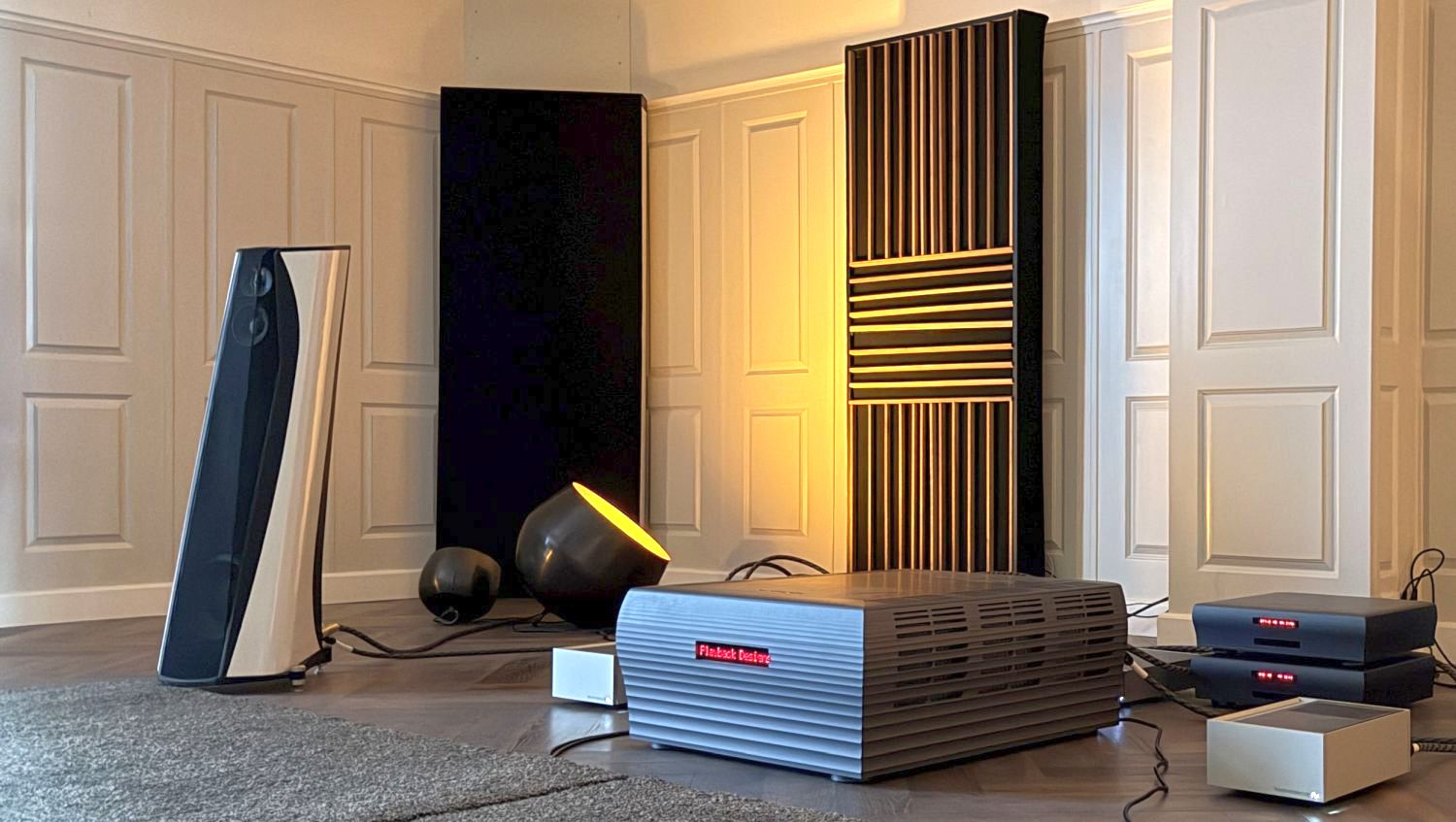
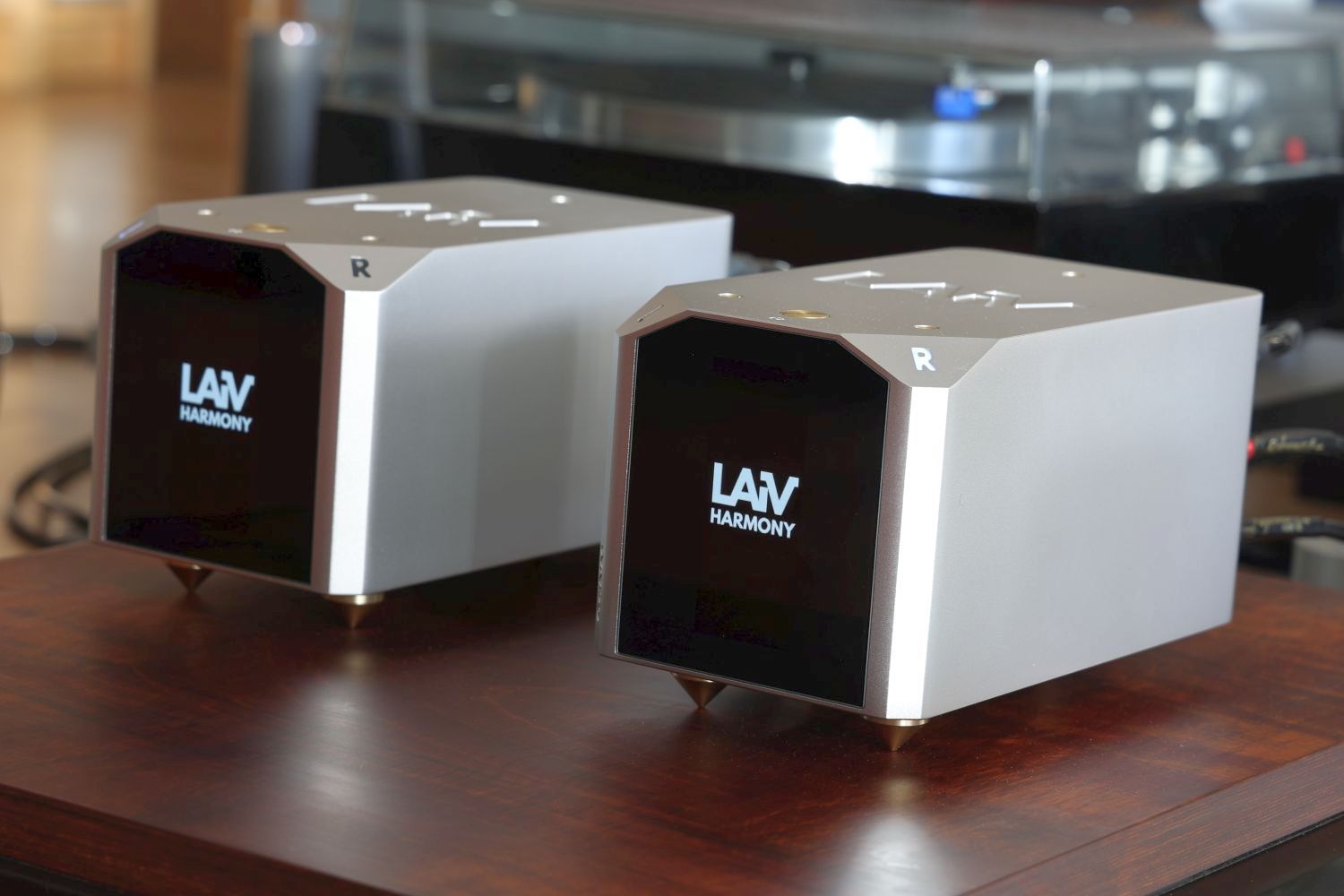
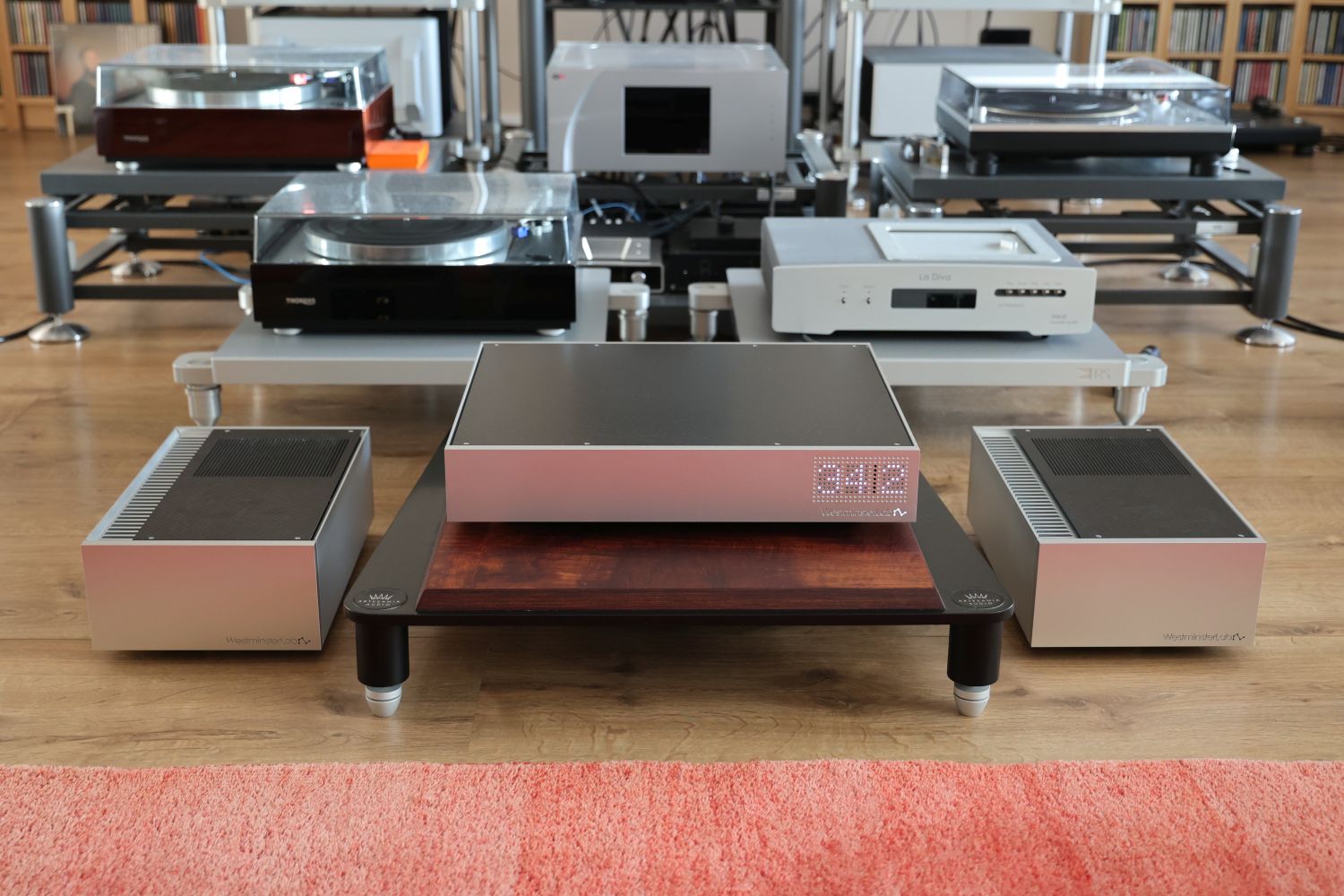
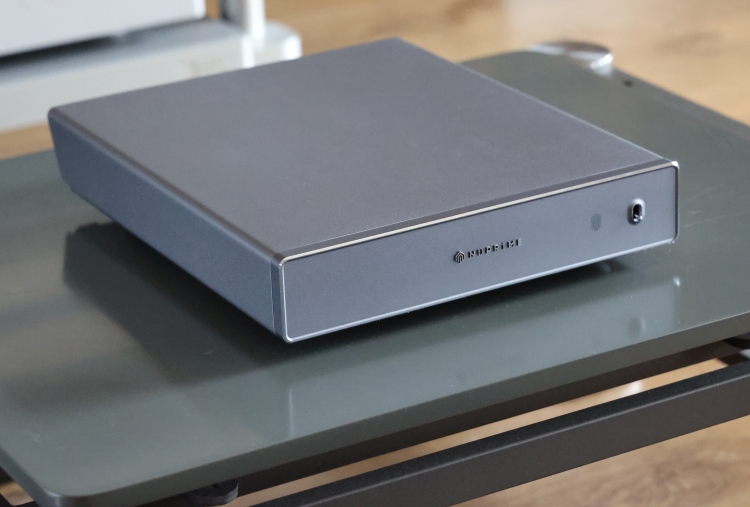
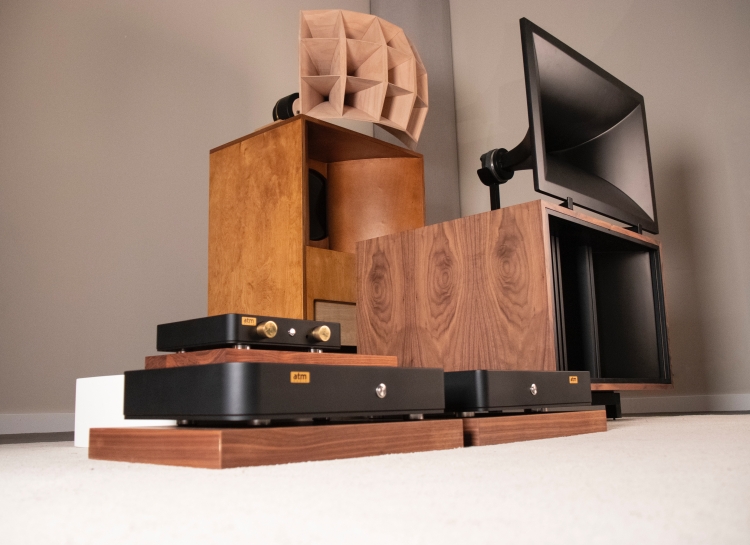
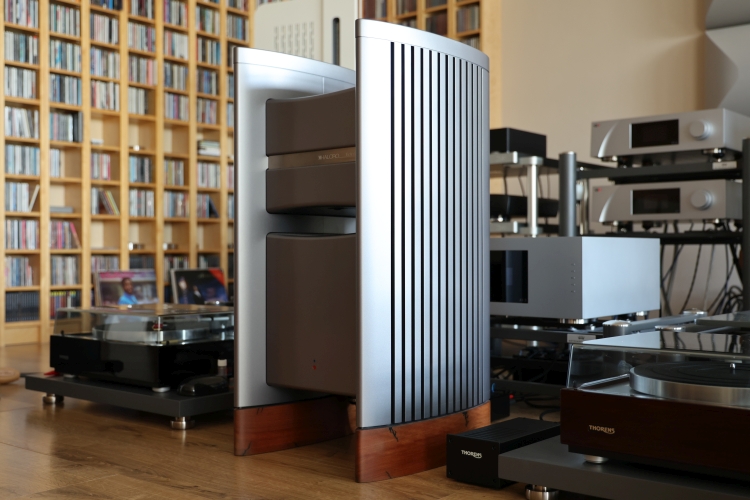
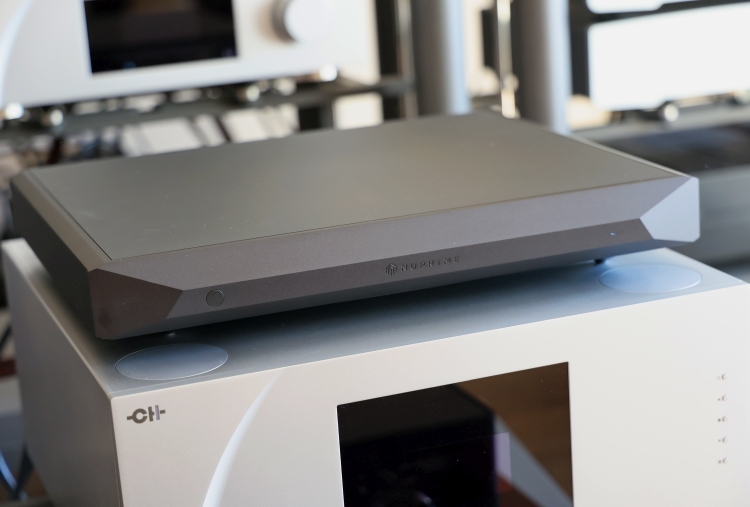
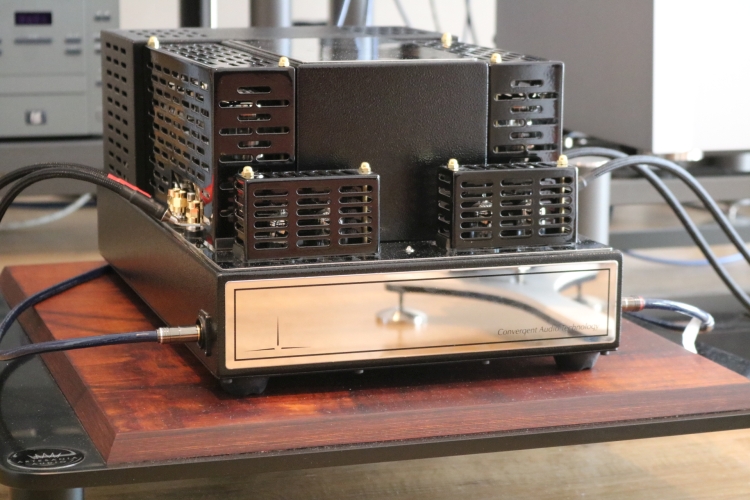
Thank you very much Christiaan for this very well and clear written review. As an AW180 user, with mainly Sonus Faber Guarneri Homage and sometimes ML Summit X, I recognise a lot of your observations. From a technical / historical side it might also be interesting to mention Dr Matti Otala on TIM-free transistor design.
Nice to hear that our experiences seem to match, Bert. I contemplated also getting into the TIM-free principle but the review is already long and it won’t add any value in terms of describing the sound.
I have to say this is a really useful three part review and your insights from the Electrocompaniet, Martin Logan, Depeche Mode combination are most welcome, Christiaan.
Glad to be helpful, Andrew!
Really great review!
Did you manage to listen to the AW400 as well? Would you say they sounds more like AW180 or AW600?
Thanks
Hi Peter, I did ask for the AW400 but it wasn’t available for review, hence the review of the AW180’s and AW600’s. Not having heard the AW400 I can only guess but my best guess is that it will be more similar to the AW180’s than the AW600’s.
Hi, Christiaan & having included the four amps in your review, the two Electrocompaniets and two Bryston ps, if you had to live with one, which one would it be and what would be a close second? A loaded question, I know, but, I am curious, as I have a 4b3 and the opportunity to buy an AW 180.
Thanks,
John
Hi John, it would depend entirely on the speakers that you will pair them with. That matter aside, I really wanted to like the AW180’s for their nice appearance and relatively friendly price but the AW600’s are simply better in all aspects. Since you’re asking what I would do personally given these 4 choices, I would opt for the most neutral amp and the one that works as consistently and with most speakers. That would be the more neutral Bryston 4B SST. However, I should also note that I like the 3B SST even more. It may be a “baby” Bryston but it’s the most even-handed, most neutral and most communicative of the bunch. Finally, all that said, the AW180’s may still be good candidates for you if you want more direct and physical (as opposed to smooth) upper bass and a fuller, more concreted, tonality in the midrange.
Thank you, Christiaan, for your prompt and informative response! I have power hungry Dahlquist DQ10’s that seem to respond quite well to the 4b3 and given the added cost of the 180’s and near astronomical cost of the Nemo’s, perhaps it’s best I remain satisfied!
Again, thank you!
Hello Christiaan,
I am a bit late to the show but read your review with joy. Very comprehensive as well as informative and well written.
I just bought the Nemos from a l0cal dealer and was wondering if they really come with basic 3€ power cords. Mine just like cheap cords for a toaster with no signs that they are made for or by electrocompaniet.
Thanks for letting me know.
Greetings Elderin
Hi Elderin, I can’t recall what power cables were supplied with these amps but having had tons of equipment over for review I can confirm that it is very rare for there to be anything other than a standard no-name brand cable in the box, even with CH Precision et al. At best, there may be a Belden, but even that’s become rare.
I see. Tx for your reply.
Have a good 2021 ?
Sorry, one more question. Hope you can help.
I hear a little bit of hum coming from both mono blocks. It is clearly audible within 3m. Also there is a tiny bit of that also coming from the speakers. In one a bit more than the other.
9am really concernt about that. Is that normal ? My room is pretty small, not what one would normally put such big amps in, about 12qm. So maybe it is normal but I did not hear any noise coming from other amps I owned.
When I put the pre amp on the noise in the speakers is almost completely elimated but the hum from the amps is constant even independent from volume level. It does not get louder or more quiet. I am not shure what the manufacturer would answer. Maybe something like this is within quality control or something so i prefer an honest independ answer. Thank you once again.
Greetings Elderin
Mechanical hum comes from transformers that vibrate according to the mains frequency. This is quite common and can even vary between left and right amps of the same make and model. You should not hear hum from the speakers unless this is induced by unsufficiently shielded cables or other external factors.
Hi Christiaan, I am thinking about one point in your review. You mentioned, the Electrocompaniet amplifiers need quite some volume to shine. Did you detect this finding when connected to DAC only? Did you have the same findings when an analogue preamp was connected? In the past, I made very good experience with the Electrocompaniet ECI 6 (of course different price point). In fact, I did not feel that I had to turn up the volume. Now, I am thinking about the all new Electrocompaniet 800m
Hi Oliver, that review was done with the C1 DAC as a source. Although I later added the L1 preamp, this is not done because the DAC lacked power or drive or any kind of dynamics or presence at low volume. The preamp did add finesse, fluidity, and increased resolution.
Both the Kromas and Logans are very easy to drive. I think maybe the Electrocompaniet amps may also be happier when doing a little more work, ie, driving more demanding speakers. With mine, they were probably basically idling most of the time, until pushed.